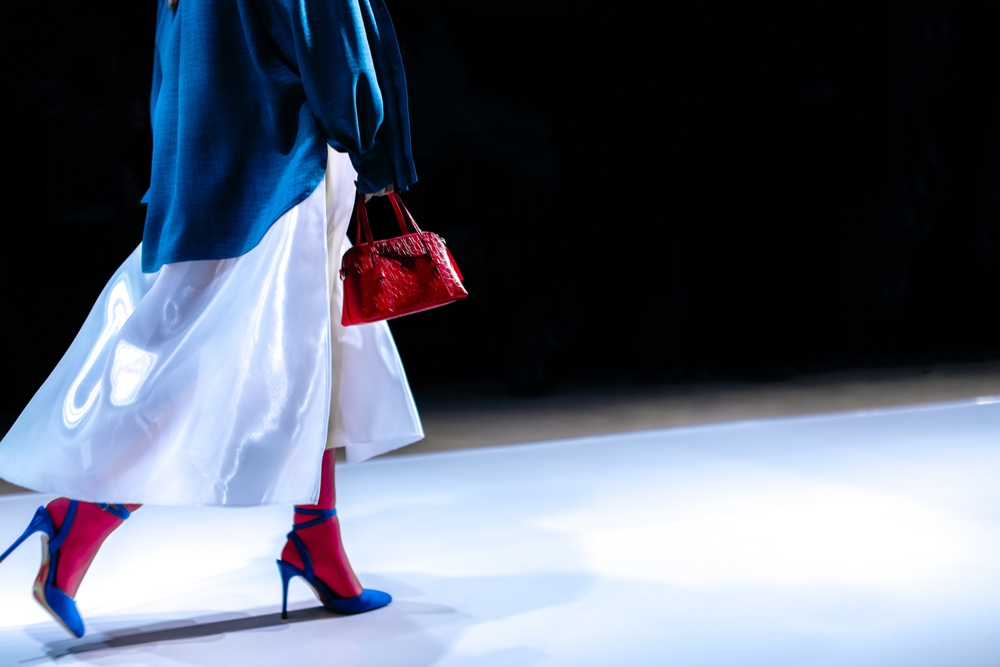Smart Fashion Tips for Senior Women: Comfortable, Stylish Clothing
As we age, personal style can be a powerful tool for expressing identity, preserving dignity, and boosting everyday comfort. For women navigating wardrobe changes tied to lifestyle, body shape, or mobility, thoughtful clothing choices make a big difference. This article offers practical, modern fashion tips tailored to senior and elderly women—focusing on fit, fabric, layering, footwear, and accessories—so clothing works with your life rather than against it, while keeping style fresh and flattering.

Women: Dressing with confidence and proportion
Dressing with confidence starts by understanding your proportions and selecting pieces that create a balanced silhouette. Choose garments that skim the body rather than cling or overwhelm—structured jackets, mid-rise trousers, and A-line skirts often flatter. Vertical lines, moderate necklines, and well-placed seams can elongate the torso. Avoid extremes—too-tight or overly voluminous clothing hides shape or adds bulk. Tailoring is invaluable: a simple hem or nipped waist can transform an outfit. Prioritize garments that make you feel put-together; confidence is the most stylish accessory a woman can wear.
Clothing: Fabrics, fit, and functional details
Prioritize breathable, soft fabrics that maintain shape—cotton blends, fine knits, modal, and lightweight wools are good choices. Look for clothes with a bit of stretch to allow movement and comfort. Functional details matter: easy-open buttons, elasticized waistbands, and discreet zippers make dressing simpler. Seam placement and lining improve drape and reduce irritation. When trying on clothing, sit and move to test comfort; what looks good standing may feel different sitting or walking. Investing in a few quality basics—well-fitted trousers, a versatile blazer, and comfortable dresses—supports a capsule wardrobe that’s practical and stylish.
Fashion: Updating your style without overhauling
Refreshing your fashion doesn’t require a complete wardrobe overhaul. Introduce trend-forward pieces in small doses: a patterned scarf, a structured handbag, or modern eyewear can update a classic look. Neutral color foundations (navy, charcoal, beige) pair easily with seasonal pops of color for variety. Prints can be flattering when scaled appropriately—smaller patterns for a refined look, larger motifs when balanced with solid pieces. Mix textures—silk with knit or linen with soft wool—to create visual interest. Keep accessories current but not faddish to maintain a timeless, refined style.
Senior: Practical ideas for everyday wear
Everyday outfits should balance ease and elegance. Consider elastic-waist midi skirts, wrap dresses, and pull-on trousers that offer both comfort and a polished appearance. Layering is key: lightweight cardigans, vests, and shawls let you adjust to temperature changes. Slip-on shoes with stable soles and supportive insoles reduce strain during errands. For outerwear, choose coats with roomy sleeves to accommodate layers and smooth closures like large buttons or magnetic fastenings if needed. A small wardrobe of interchangeable items saves time and keeps dressing straightforward.
Elderly: Comfort-first pieces that still feel stylish
For elderly women prioritizing comfort, adaptive and thoughtfully designed clothing can be transformative. Features like wider openings, softer waistbands, and flat seams minimize discomfort while sustaining a neat look. Consider knit jackets and pullovers with simple silhouettes that are easy to put on. Shoes with cushioned soles, low heels, and roomy toe boxes protect foot health without sacrificing style—look for neutral shades that coordinate easily. Lightweight accessories—brooches, scarves, simple chains—add personality without weight. The goal is to respect comfort needs while maintaining an appearance that reflects personal taste.
Conclusion
Fashion for senior and elderly women is about marrying comfort with considered style choices—fit, fabric, and functional details make daily dressing easier and more flattering. By investing in versatile basics, embracing smart alterations, and updating looks with selective accessories, women can build a wardrobe that supports mobility, suits changing needs, and still expresses individuality. Thoughtful shopping and small adjustments deliver outfits that feel both comfortable and confidently stylish across everyday life.






